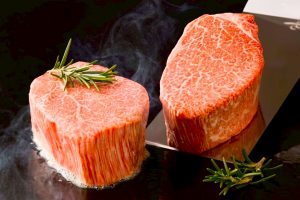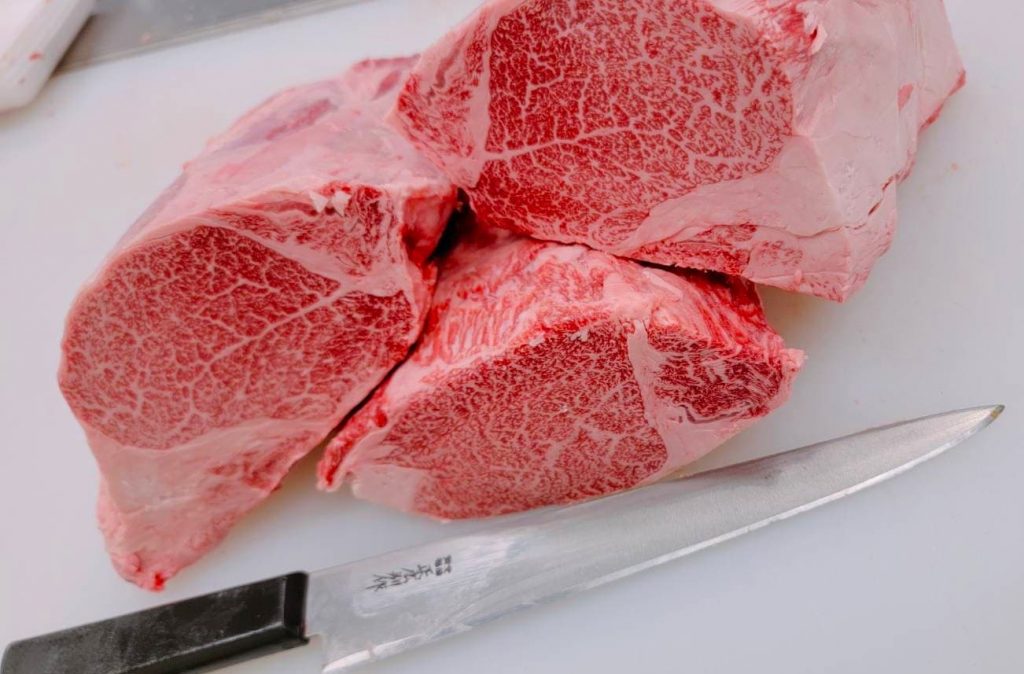

Buying beef can feel like a gamble. Maybe you splurged on a pricey cut, only to get home and realize it’s tough, flavorless, or just not what you expected. We’ve all been there.
The good news? Choosing delicious beef isn’t about luck—it’s about knowing what to look for. As someone who’s worked in the meat industry, I’ll share insider tips so you never waste money on disappointing steaks again.
By the end of this guide, you’ll know how to spot fresh, flavorful beef at any grocery store or butcher shop in the U.S.
You might think the answer is:
All of those can be amazing—but the real foundation of flavor is freshness.
Even the most expensive wagyu or USDA Prime ribeye won’t taste great if it isn’t fresh. Fresh beef brings out the natural, clean flavor of the meat, without that off-taste you sometimes notice in older cuts.
Since you usually can’t taste before you buy, learning to read the meat visually is key. Here’s how to do it like a pro:
Freshly cut beef isn’t the bright cherry red most people expect—it actually starts out a deep purplish-red (called “myoglobin color”).
Over time, it turns bright red, then dull red, and eventually grayish-green.
If you want truly fresh beef, choose cuts that lean toward that darker purple-red shade.
Take a close look at the edges of the cut. Fresh beef has sharp, defined edges. If the corners look soft, rounded, or dried out, the meat has been sitting for a while.
Think of it like sushi—freshly sliced sashimi has clean edges, and so does fresh beef.
If you notice red liquid pooling under the meat, that’s not “juice”—it’s protein and flavor leaking out, a sign the beef has lost freshness.
Most U.S. supermarkets place absorbent pads under the meat, but if the pad looks very red, skip it.
Fresh beef should look moist but not watery.
Even if you know the signs of freshness, there’s another hack: buy from stores that are always busy.
Why? Because high turnover means the butcher is constantly cutting new beef, which means fresher meat for you.
It’s not just that “good stores attract customers.” It’s that “lots of customers keep the meat fresh.”
Just as important is knowing what to stay away from. Skip cuts that are:
And be cautious of stores that stock lots of meat like this. It suggests they’re willing to compromise on quality.
One of the best ways to get the freshest beef isn’t about looks at all—it’s about who you know.
Regulars at butcher shops often get access to:
Yes, it’s a little old-school, but loyalty pays off. If you’ve got a local butcher, becoming a familiar face can upgrade your meat game big time.
Freshness is the #1 factor in delicious beef. Learn to spot the right color, sharp edges, and avoid excess liquid. Shop at busy stores, and if possible, make friends with your butcher.
Do that, and you’ll dramatically increase your chances of bringing home beef that tastes incredible—whether it’s for a quick weeknight dinner or a weekend steak feast.